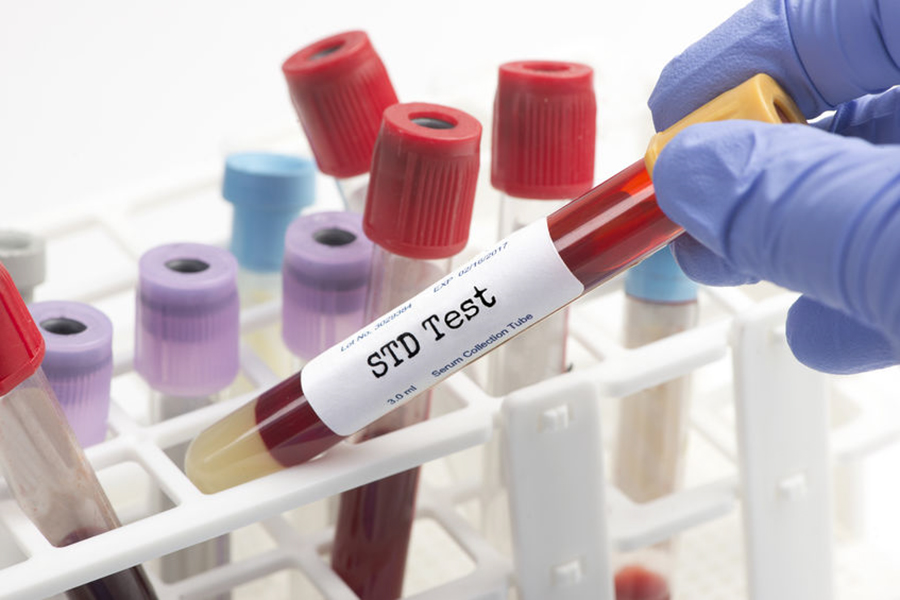If you’re not in a monogamous relationship, you may worry about STDs—and with good reason. According to the Centers for Disease Control and Prevention (CDS), the three most common sexually transmitted diseases are on the rise.
STDs by the numbers
The CDC’s findings, which were published in its annual Sexually Transmitted Disease Surveillance Report, indicate that chlamydia, syphilis and gonorrhea reached a record high last year. So, just how bad is it?
- Chlamydia: 1.7 million cases in 2018, up 3% from 2017
- Syphilis: 35,000 cases of primary and secondary stages (the most infectious), up 14% from 2017 (There were also 1,300 cases of syphilis in newborns last year, an increase of 40% compared to 2017. In 2017, 77 newborns died from syphilis, while 94 died from the disease in 2018.)
- Gonorrhea: 580,000 cases in 2018, up 5% from 2017
Reasons for the increase in STDs
There are a number of reasons behind the increase in STDs in 2018. The CDC issues a press release citing some of the factors:
- Reduced condom use in young people
- Reduce condom use among gay and bisexual men
- Drug use
- Unstable housing
- Poverty
The latter three factors are believed to reduce access to STD prevention and care. As the press release states: “In recent years, more than half of local programs have experienced budget cuts, resulting in clinic closures, reduced screening, staff loss and reduced patient follow-up and linkage to care services.”
Reducing your risk
If you have an STD, ensure that you’re using condoms to halt the spread of the disease. Talk to your doctor about treatment options, including antibiotics.
Prevention includes wearing condoms, having open discussions with your sexual partners and encouraging your partners to get regular screenings.
It’s important to realize that untreated STDs can lead to infertility and increase your risk of contracting HIV.

